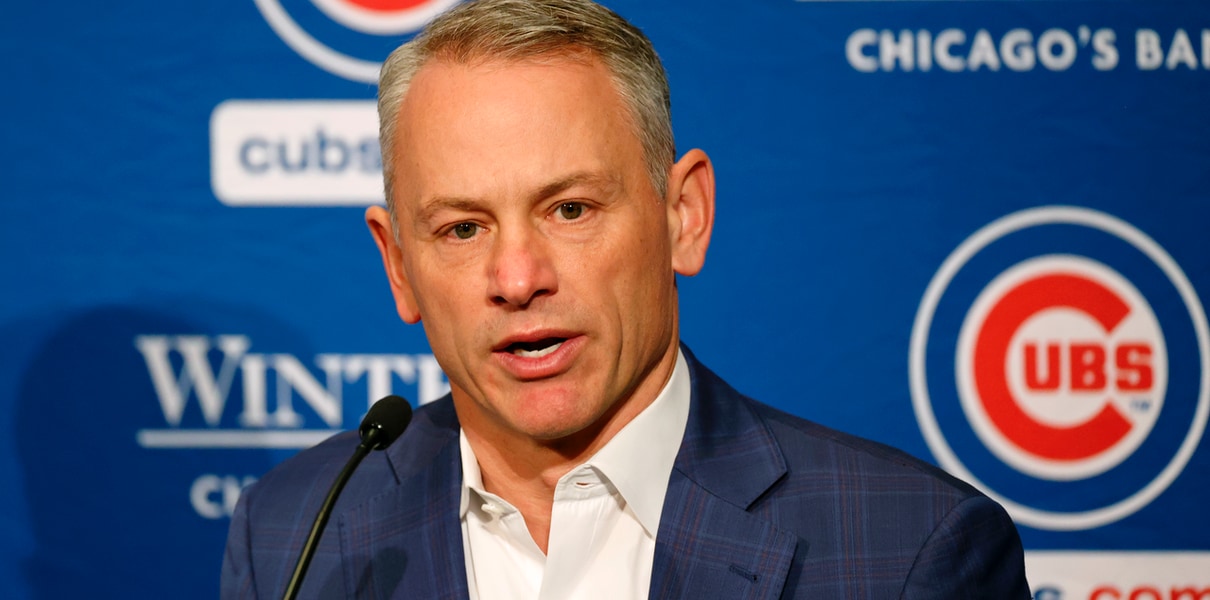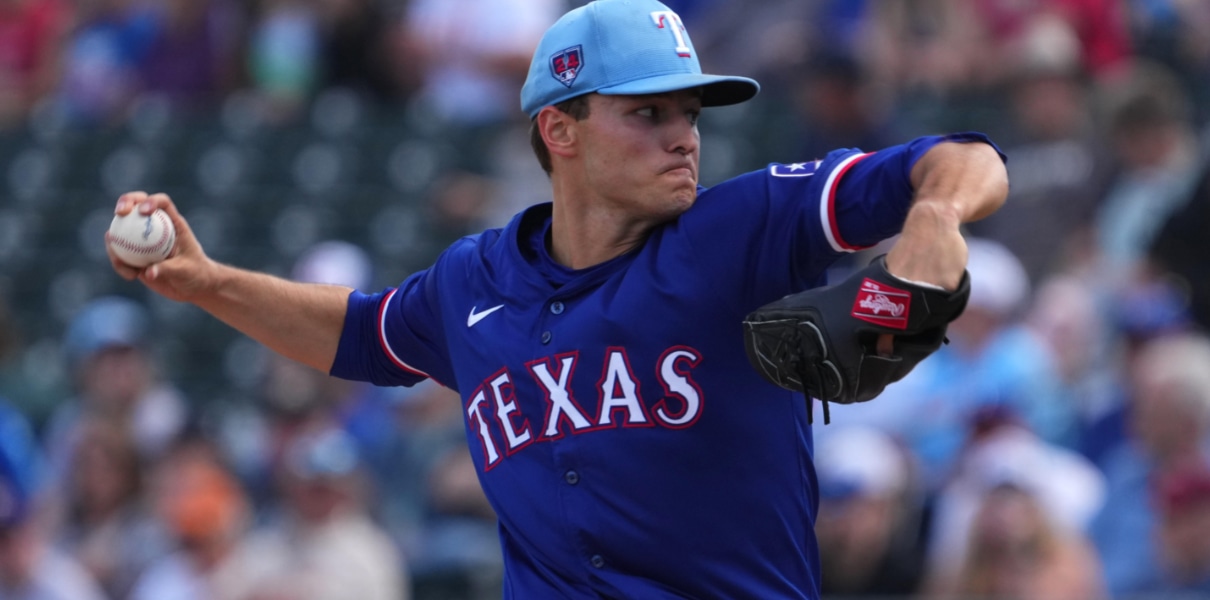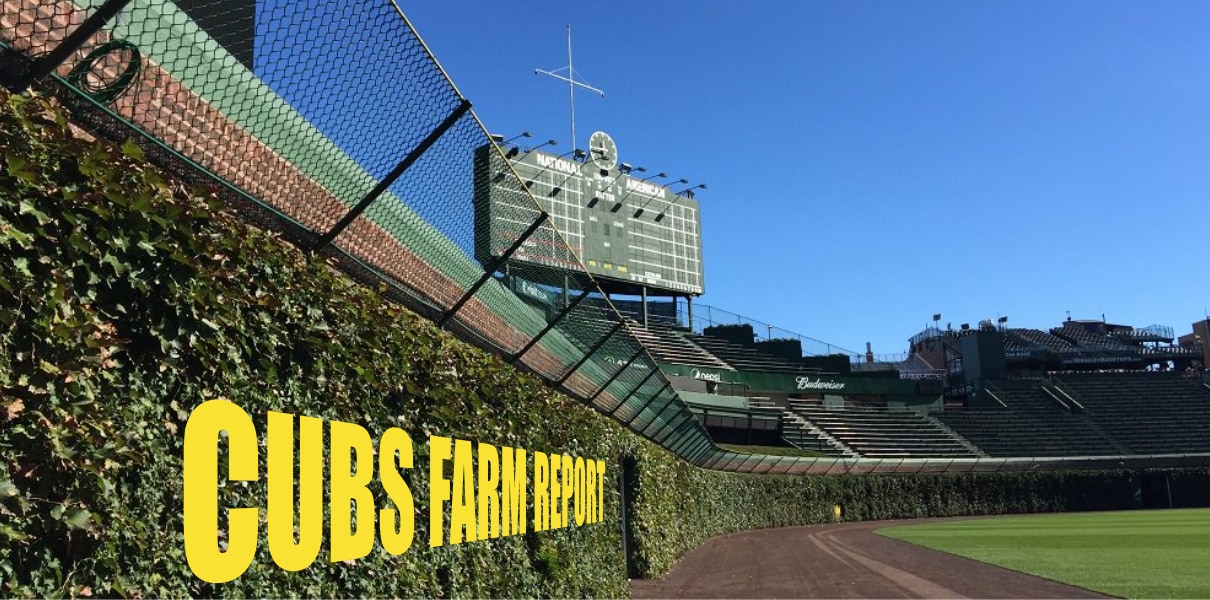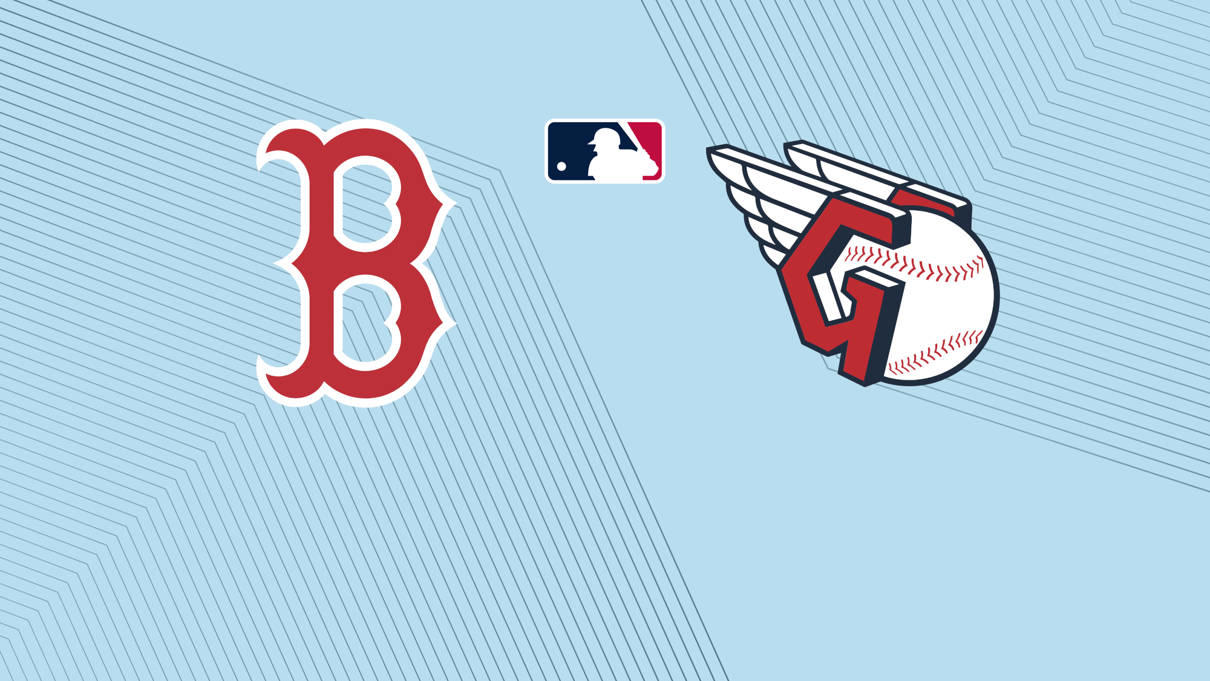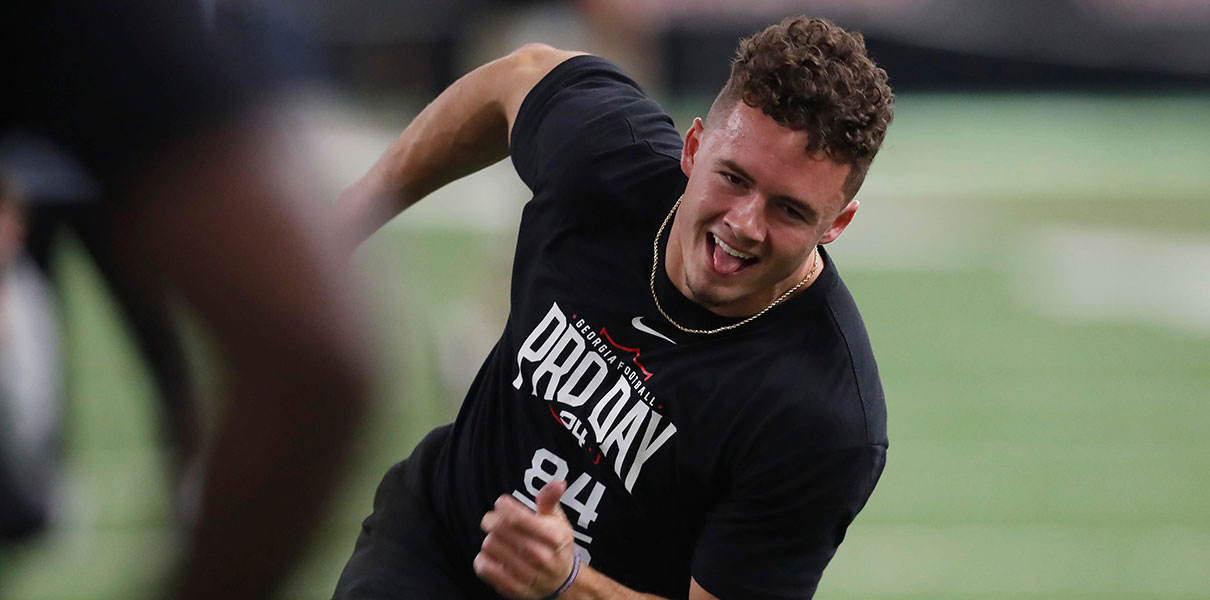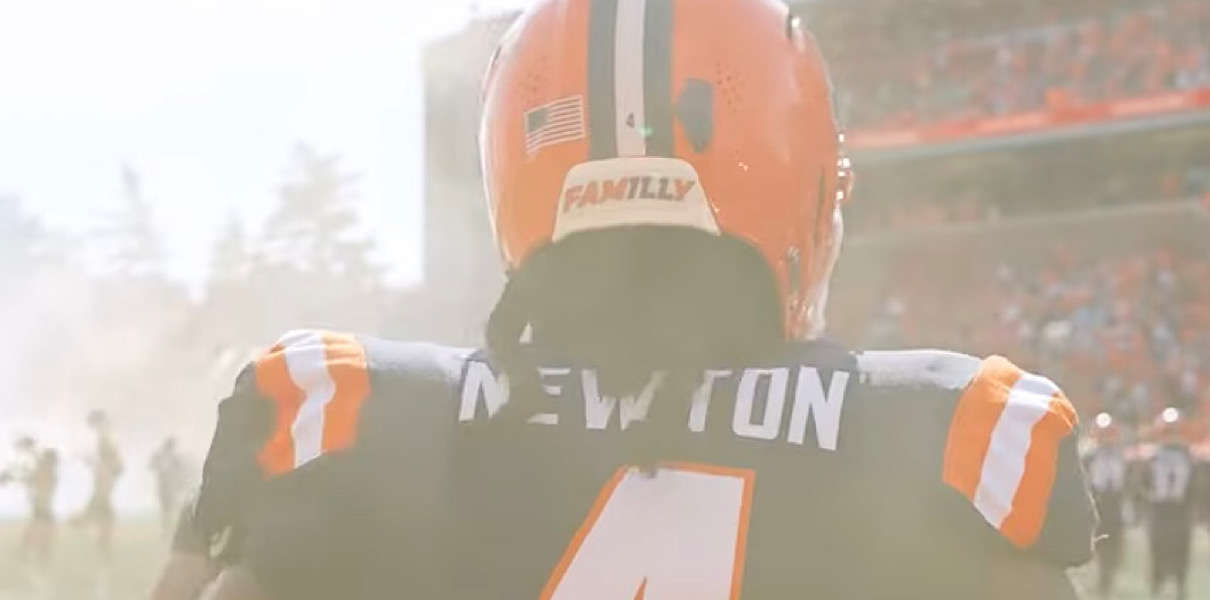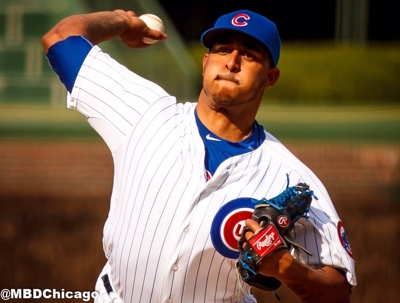
Indeed, we first learned that Lester would get a shot to complete just his second game in a Cubs uniform, when he stepped into the on-deck circle in the bottom of the eight inning of a one run game. All eyes were on him, and he ultimately came through.
But in that suspenseful stretch of baseball from the 8th to the 9th, Brett actually noticed something significant in the background of the dugout: Hector Rondon. Typically, in a tight one-run ball game (especially having not pitched the day prior), a team’s closer would be – at an absolute minimum – sitting in the bullpen. You could justify not warming him up just yet, so as to display the utmost confidence in your starter to complete the game, but his absence from the bullpen was clearly noteworthy.
Welp. As it turns out, he wasn’t just lost. Hector Rondon was/is dealing with a bit of stiff back.
[adinserter block=”1″]
Joe Maddon and Rondon each said after the game that the closer was feeling a little stiffness in his back before the game, and was thus not available (CSN). Rondon added that he’s dealt with it before, and knows better than to pitch through it and possibly cost himself 10 or 20 days.
To be fair, that’s a pretty mature, veteran way of handling such an issue. Rondon later added that he’s learned to monitor and address these sort of issues in this way, because of what’s happened to him before (he’s had injuries in the past, more on that in a bit). He’d rather, as he put it, miss one or two days now, in order to be healthy the rest of the time. There’s no point in being a tough guy and pitching through pain (to an extent) if it means your team will miss you for even longer.
And as for his availability in coming days, there’s not much certainty. Rondon hoped to miss just one or two days and Maddon added that he doesn’t know anything about tomorrow (now today) just yet. For these sort of issues, though, that’s not too uncommon. There’s not a hard, scientific number you can put on something like a stiff back in this scenario, because it’s just too case-specific. Rondon might go through his warm-up routine today, see how he feels and take it from there. If there’s even the slightest concern, though, I’d expect him to be unavailable yet again. And with a day game following a night game, that may very well be the case.[adinserter block=”2″]
The Cubs will not want to miss Rondon for too long, though, given how utterly dominant he’s been so far in 2016.
Although he no longer has a negative FIP (remember when he broke that stat for a while), Rondon has just a 1.04 ERA (1.10 FIP) through his first 17.1 innings pitched and everything seems to be working for him. For example, he’s recorded 27 strikeouts (42.9% K-rate) to just 9 hits (.148 AVG) and 2 walks (3.2% BB-rate), against the 63 batters he’s faced. That gives him a WHIP of just 0.63 and a hilarious K/BB rate of 13.50. Perhaps he’s been a bit lucky with sequencing (93.8% strand rate), but he’s induced the highest ground ball rate (52.9%) and lowest line drive rate (11.8%) of his career. Plus, when you’re striking so many batters out, it’s a lot easier to strand the few who reach base.
Among other qualified relievers in baseball, Rondon’s strikeout rate ranks 3rd, his walk rate ranks 7th, his K/BB ranks 5th, his batting average allowed ranks 9th, his ERA ranks 12th and his FIP is the best in baseball. Oddly enough, despite being a closer on a team that wins many games, Rondon has just 23rd most saves in baseball (9) and is tied for just the 15th most WAR among relievers. That damn run differential, eh?
But I doubt Rondon is too bothered by the lack of save opportunities he’s getting on the North Side of Chicago, because for a while there, he wasn’t sure if he was ever going to pitch again.
Before coming to the Cubs as a Rule 5 pick back in late 2012, Hector Rondon was one of the best starting pithing prospects in a pretty loaded Cleveland Indians organization. However, after being named the Organizational Pitcher of the Year for the Indians in 2009, Rondon required Tommy John Surgery in 2010. Then, in the middle of his comeback, he broke a bone in his elbow. Rondon considered retiring. “I was 100% done,” Rondon said via Jeff Passan at Yahoo Sports, in an article you’ll want to read. “I told my girlfriend, my dad and my mom. And they agreed. If I wanted to do it, they were with me.” And if you think that’s just a pitcher being down after a series of setbacks, you’d be wrong. Rondon went as far as to tell the Indians that he didn’t want to play anymore.
Of course, they urged him to reconsider. At just 23 years old, he still had a lot of potential and a bright future ahead of him (indeed), so he did. Although, it was neither easy nor quick. Between 2011 and 2012, Rondon threw just 10 innings total prompting the Indians to keep him off their 40-man roster, thus exposing him to the Rule 5 Draft. The Cubs (thanks to input from Cubs coach Franklin Font – someone should buy that guy a beer) picked Rondon with the second overall pick in the draft. Interestingly, Font had the inside scoop on Rondon because he coached him in the Venezuelan Winter League that offseason. To outsiders, the pick was curious, but to Font, it was a no brainer. [Brett: I just looked back at what I wrote back when he was selected – not too shabby!][adinserter block=”3″]
After joining the Cubs and ramping back up, Rondon impressed pitching coach Chris Bosio (another guy with a clearly great eye for talent and how to harness it), who had a light go off during a bullpen session with Rondon in the second half of 2013, Patrick Mooney relays at CSN Chicago, in another great read. After watching Rondon fire bullet after bullet in a bullpen session, Bosio saw the potential and, more importantly, the ability and willingness to make adjustments. The Cubs then suggested adding a hesitation mechanism to Rondon’s windup to create better alignment toward home plate and stop him from spinning off the rubber, per Mooney. The sense of timing and motion helped increase his velocity, improved his fastball command and tightened his slider. The rest is history.
For more on Rondon’s past, check out Mooney’s article here on CSN Chicago and Passan’s article here at Yahoo Sports. It’s quite a wild ride.
Ultimately, Rondon traveled from top prospect-dom to Tommy John surgery, to near-retirement, to the Rule 5 draft, and into some meaningful adjustments with a new organization to get to where he is today. We’re all lucky he has. Even without the lofty save totals, Rondon remains one of the most dominant closers in the game, and it’s a credit not only to the Cubs for finding him and working with him, but also to Rondon for sticking to it and putting in the work that got him here.





